You can easily part with a thousand dollars to own a decent robotic mower.
But if you have a large lawn and hat getting out the push mower or ride-on, it’s going to be well worth it to have a hard-working robot keeping your grass well-trimmed throughout its growing season.
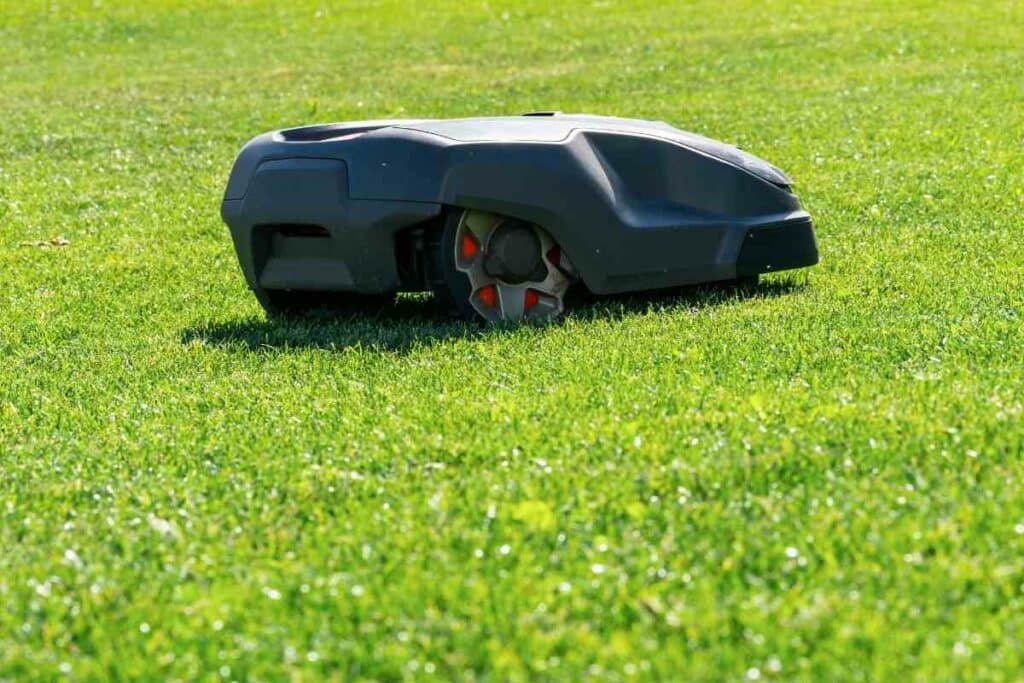
Aside from the upfront costs of buying one of these high-specification autonomous mowers, you’ll also need to consider the cost of keeping your robot mower running throughout the year.
In This Article – We will outline the running costs of a typical robotic mower and also look at how it compares with ride-ons and conventional push mowers.
What Are the Running Costs of a Robotic Mower?
Considering that robotic mowers use advanced engineering and technology, their running costs are very simple and affordable.
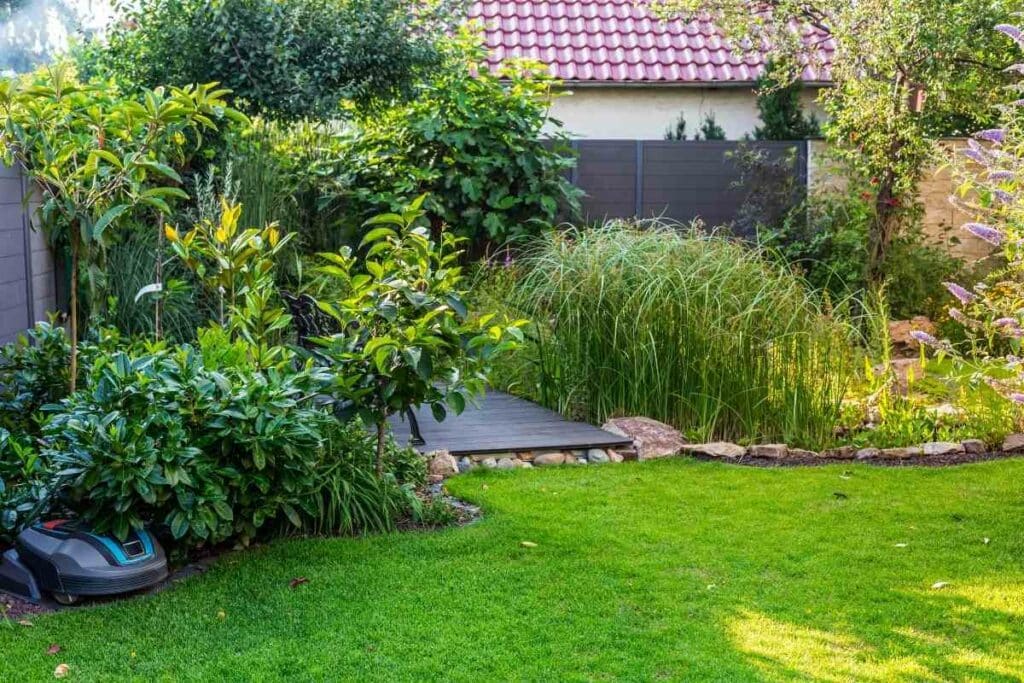
The straightforward means you’ll enjoy great value from investing in a robot to mow your garden as the low costs we outline makes them easy to maintain.
The key costs for running your robotic mower will include:
- Electricity to power the power
- Replacement of parts such as the battery, cutting discs or blades, and broken boundary wire
- Servicing costs for your robot mower.
Electricity Costs for Your Robotic Lawnmower
Generally speaking, the electricity costs for running a robot mower are low.
In reality, a lawnmower is not going to be working all year round, as the four to six months of maximum growth are when you will need regular cutting.

Energy consumption will be affected by the technical specifications of the mower, including its mowing time, charging time, voltage and the power of its motor.
For each hour that a lawnmower cuts grass, it usually spends an hour charging. If a lawnmower is active for 10 hours daily, 5 hours will have been spent charging.
Those 5 hours spent charging at around 0.08 kWh uses just 12 kWh over a month of mowing. Power consumption of 12 to 15 kWh in a month is remarkably low.
In 2020 – The average cost of domestic electricity was 13.2 cents per kilowatt-hour (kWh). This means that a month of power for your robotic mower would cost just under $2 (13.2 cents x 15 kWh).
So even if you ran your mower throughout the whole year, you will still have change from $24!
Electricity Costs Total = $24 per year
A Replacement Battery Is Usually Required for a Robot Mower Every Two to Four Years
The battery is arguably the most important component of your robot mower – after all, your bot is going nowhere without it.
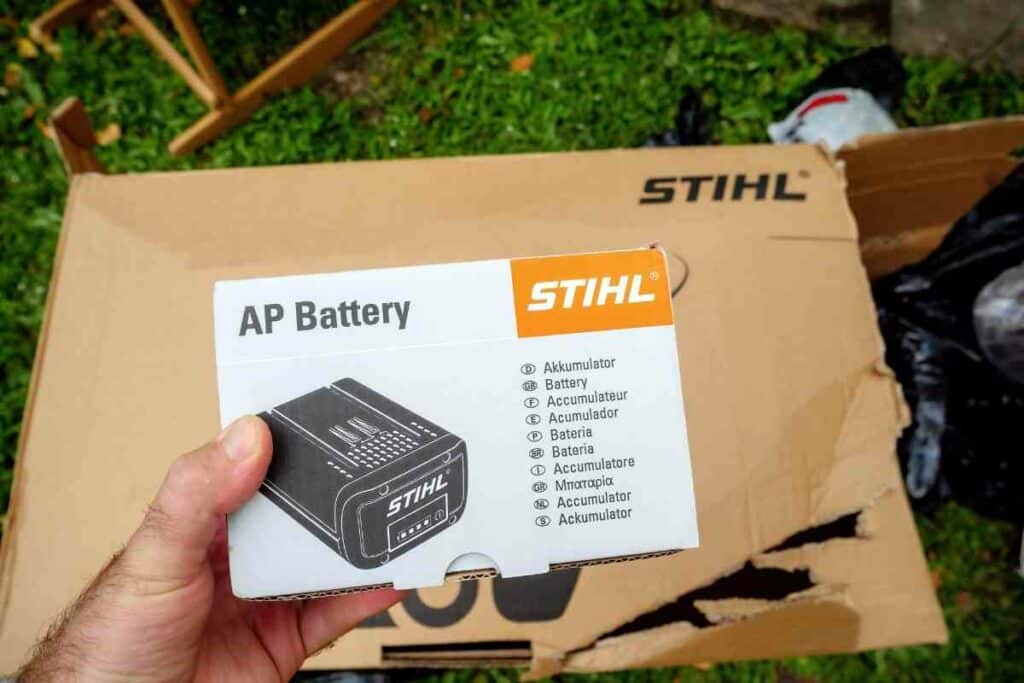
The lithium-ion batteries that most robotic mowers use are rechargeable and have good capacity.
However, each charging cycle leads to a gradual depletion of battery capacity as irreversible chemical reactions take place.
After your mower recharges itself for the 500th time, it’s likely to be time for a new battery.
A replacement battery for a robotic mower costs between $50 and $100. Decent value for up to four years of power.
Quality can vary greatly, especially if you purchase an OEM battery.
A Replacement Battery Cost Total = $25 per year
Cutting Blades Require More Frequent Replacement
This is understandable as they do the hard work of cutting and mulching your lawn continuously.
Outdoor conditions have a significant effect on the rate of wear on your mower blades, with gravel, pebbles, dog poop, fallen fruits and other objects potentially accelerating their blunting.
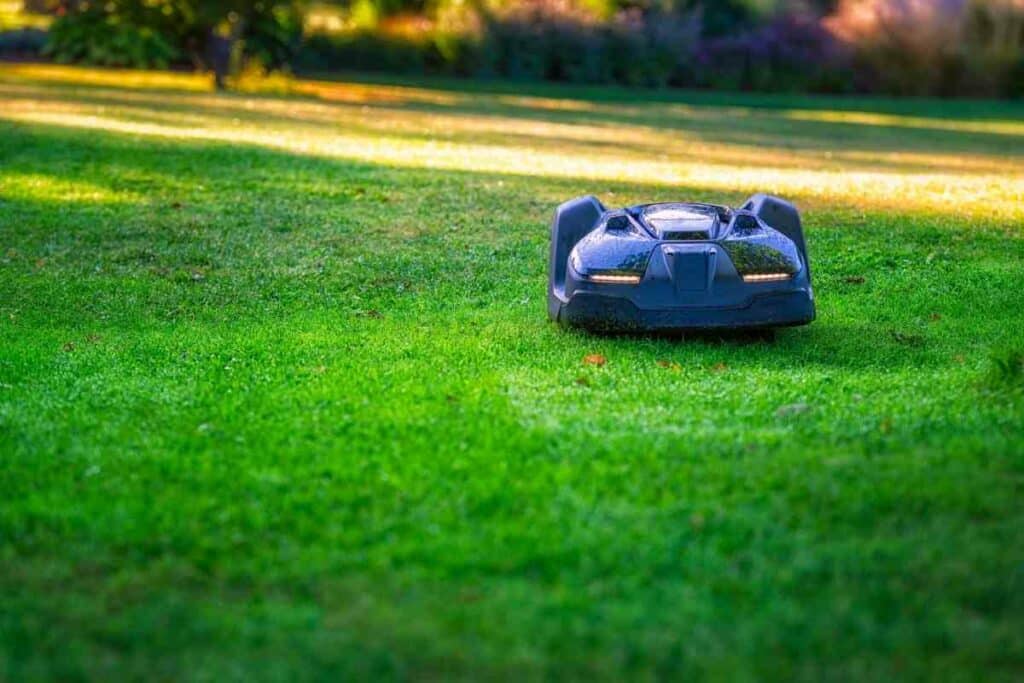
In the late spring and summer when your mower is working hardest, your blades may only last a couple of months before it is time to replace them.
Thankfully, blades are cheap, costing between five and ten dollars for a set of three individual blades for a robotic mower.
At most, you will change them three times in a mowing season.
Cutting Blades Replacement Cost Total = $15 to $30 per year
Boundary Wire Is Another Expense That Crops up from Time to Time
In a perfect world, it wouldn’t be necessary to include the boundary wire in the running costs of a robotic mower as it is meant to be a one-time install.

However, in reality, your robotic mower’s boundary wire is the most common cause of failure of the mower.
Why?
Because no matter how accurately and securely you install it, boundary wire has a way of getting snapped.
In the process of daily activity in your gardens the wire can take a hammering from:
- Digging
- Other garden tools
- The occasional nibbling of wildlife like rabbits or deer
And when it snaps in one place, you need to either replace the whole wire or splice it with a connector.
Depending on the length required, a new boundary wire will cost up to $100 with a pack of connectors costing approximately $10.
Servicing Your Robot Lawnmower Is Well Worth the Annual Cost
Routine servicing is a great investment in the longevity of your robotic mower and will help to keep it in great condition and cut grass well.
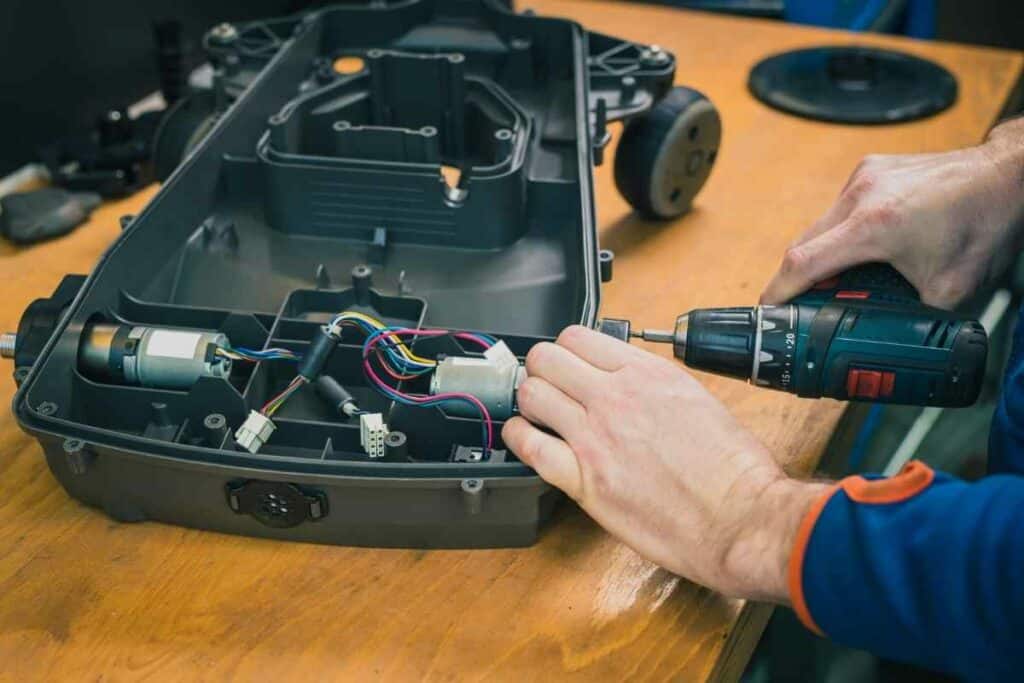
Most manufacturers will recommend that you service your robotic lawnmower every year, so that it can be properly cleaned, have any faults identified and remedied and have its software checked and updated.
Servicing costs are usually over $100, plus the cost of any replacement parts.
Servicing Cost Total $100+
Running a Robotic Lawn Mower Is Going to Be Cheaper than Running a Ride-on Mower.
Though a robotic lawn mower is expensive, it is still considerably cheaper than a ride-on mower
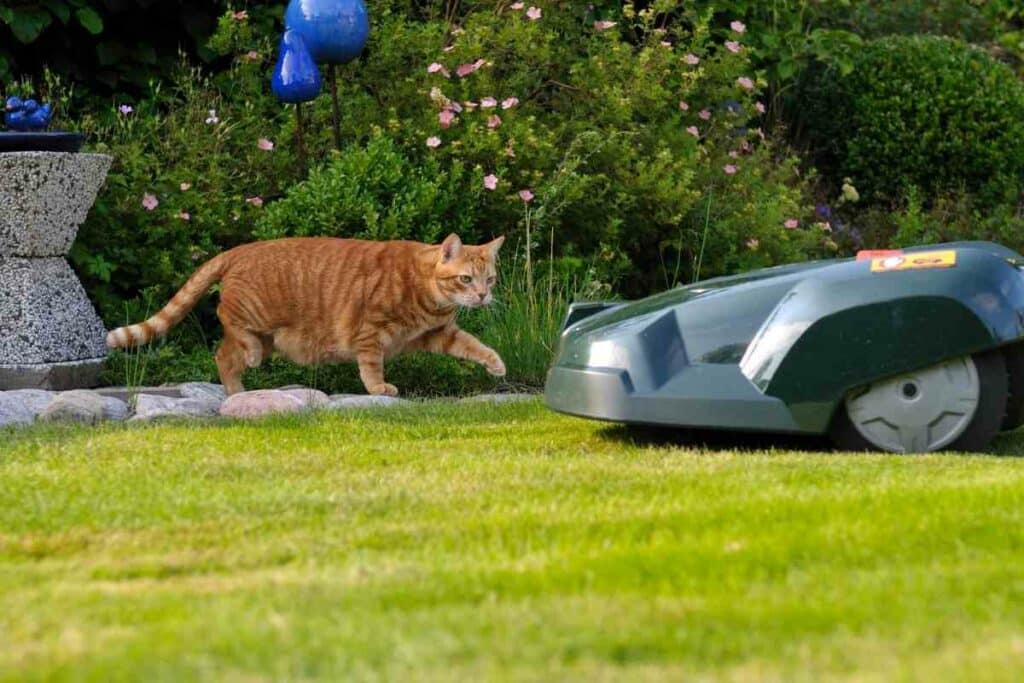
Which can have annual running costs (including blades, fuel, electricity and servicing) of as much as $800 per year.
For push mowers, the fuel costs are approximately $1.50 per half-acre, but when you factor in the physical labor required, a robotic mower beats its traditional counterparts (scythes included).
Rounding Up
It may surprise you to see just how cheap robotic mowers are to run.
They deliver outstanding value especially when you consider they are quiet, fume-free and extremely low maintenance.
Over years you will accrue significant time and cost savings that may well exceed the initial cost of your robotic lawnmower.
Keep in mind that expenses will increase if you choose to run multiple robotic mowers at the same time.
